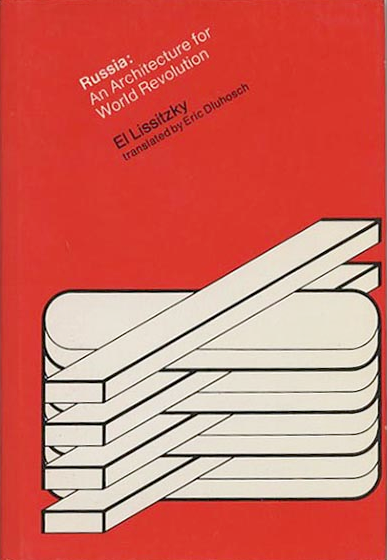Adriana N. Helbig: Hip-Hop Ukraine: Music, Race, and African Migration (2014)
Filed under book | Tags: · africa, african american culture, black people, blackness, ethnomusicology, gender, hip hop, identity, immigration, music, race, rap, soviet union, uganda, ukraine

“In Hip Hop Ukraine, we enter a world of urban music and dance competitions, hip hop parties, and recording studio culture to explore unique sites of interracial encounters among African students, African immigrants, and local populations in eastern Ukraine. Adriana N. Helbig combines ethnographic research with music, media, and policy analysis to examine how localized forms of hip hop create social and political spaces where an interracial youth culture can speak to issues of human rights and racial equality. She maps the complex trajectories of musical influence—African, Soviet, American—to show how hip hop has become a site of social protest in post-socialist society and a vehicle for social change.”
Publisher Indiana University Press, Bloomington, IN, 2014
ISBN 9780253012043, 025301204X
xix+233 pages
Interview with author: Amanda Jeanne Swain (New Books Network, 2014, podcast).
Reviews: Kevin C. Holt (Current Musicology, 2014), Michael C. Thornton (Slavonic and East European Review, 2015), Mark Alan Rhodes II (Social & Cultural Geography, 2015), Anna Oldfield (Popular Music and Society, 2015), Tony Mitchell (Slavic Review, 2016), Kendra Salois (Ethnomusicology, 2017).
El Lissitzky: Russia: An Architecture for World Revolution (1930–) [German, English]
Filed under book | Tags: · architecture, city, russia, soviet union, urban planning

” El Lissitzky ‘s book is a classic in architectural and planning theory, as well as an important document in social and intellectual history. It contains an appendix of excerpted writings by his contemporaries – M. J. Ginzburg, P. Martell, Bruno Taut, Ernst May, M. Ilyin, Wilm Stein, Martin Wagner, Hannes Meyer, Hans Schmidt, and others – all of whom illuminate the architecture and planning of Europe and Russia during the 1920s. There are over 100 plates and drawings.”
First published as Russland. Die Rekonstruktion der Architektur in der Sowjetunion, Anton Schroll, Vienna, 1930.
New edition
Edited by Ulrich Conrads with Dietrich Helms
Ullstein, Berlin, 1965
Ullstein Bauwelt Fundamente series, 14
206 pages
English edition
Translated by Eric Dluhosch
Publisher MIT Press, November 1970
ISBN 0262120348
239 pages
Reviews: Albert J. Schmidt (Slavic Review, 1971), E.B. (J European Studies, 1971).
Russland. Die Rekonstruktion der Architektur in der Sowjetunion (German, 1930/1965, 12 MB)
Russia: An Architecture for World Revolution (English, 1970, 24 MB)
Eglė Rindzevičiūtė: The Power of Systems: How Policy Sciences Opened Up the Cold War World (2016)
Filed under book | Tags: · biosphere, cold war, computing, cybernetics, environment, governmentality, history of science, networks, politics, secrecy, soviet union, systems science, systems theory

“In The Power of Systems, Eglė Rindzevičiūtė introduces readers to one of the best-kept secrets of the Cold War: the International Institute of Applied Systems Analysis (IIASA), an international think tank established by the U.S. and Soviet governments to advance scientific collaboration. From 1972 until the late 1980s IIASA in Austria was one of the very few permanent platforms where policy scientists from both sides of the Cold War divide could work together to articulate and solve world problems. This think tank was a rare zone of freedom, communication, and negotiation, where leading Soviet scientists could try out their innovative ideas, benefit from access to Western literature, and develop social networks, thus paving the way for some of the key science and policy breakthroughs of the twentieth century.
Ambitious diplomatic, scientific, and organizational strategies were employed to make this arena for cooperation work for global change. Under the umbrella of the systems approach, East-West scientists co-produced computer simulations of the long-term world future and the anthropogenic impact on the environment, using global modeling to explore the possible effects of climate change and nuclear winter. Their concern with global issues also became a vehicle for transformation inside the Soviet Union. The book shows how computer modeling, cybernetics, and the systems approach challenged Soviet governance by undermining the linear notions of control on which Soviet governance was based and creating new objects and techniques of government.”
Publisher Cornell University Press, Ithaca, NY, 2016
Creative Commons BY-NC-ND 4.0 International License
ISBN 9781501703188, 1501703188
xi+292 pages
Reviews: Roundtable: Barbara Czarniawska, Jenny Andersson, Claudia Aradau, Paul Rubinson, author’s response (H-Diplo, 2019), Kristine C. Harper (Isis, 2018), Benjamin Peters (Slavic Review, 2019), Gerald Easter (American Historical Review, 2018), Jeanne Morefield (J History of Ideas, 2020), Laurent Coumel (Cahiers du monde russe, 2018, FR), Una Bergmane (Lithuanian Historical Studies, 2018), Christian Dayé (Serendipities, 2018).
PDF (19 MB)
Comment (0)
